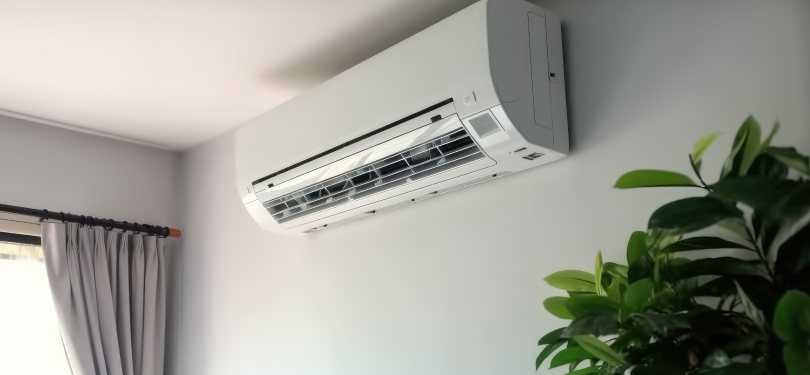Our Blog
The Importance of Indoor Air Quality and How to Improve It
Indoor air quality (IAQ) refers to the air quality within and around buildings and structures, especially as it relates to the health and comfort of building occupants. Understanding and controlling common pollutants indoors can help reduce your risk of indoor health concerns. Poor indoor air quality has been linked to symptoms like headaches, fatigue, trouble concentrating, and irritation of the eyes, nose, throat, and lungs. In some cases, it can also exacerbate or contribute to the development of chronic respiratory diseases such as asthma.

-
Sources of Indoor Air Pollution
Indoor air pollution can come from many sources, including: -
Chemical Products: Paints, varnishes, and cleaning agents can release volatile organic compounds (VOCs) into the air.
Building Materials: Asbestos, formaldehyde, and lead in building materials can deteriorate indoor air quality.
Outdoor Air Pollution: Pollutants from outside can enter buildings through open doors, windows, and ventilation systems.
Biological Sources: Mold, pollen, pet dander, and dust mites can trigger allergies and respiratory issues. -
Impact on Health
Poor indoor air quality can lead to immediate and long-term health problems. Short-term effects often include irritation of the eyes, nose, and throat, headaches, dizziness, and fatigue. These effects are usually treatable and temporary. However, long-term exposure to polluted indoor air can lead to more serious health conditions like respiratory diseases, heart disease, and even cancer.

-
Improving Indoor Air Quality
Ventilation: Increase the amount of outdoor air coming indoors. Use exhaust fans in bathrooms and kitchens to remove contaminants directly from these rooms and outdoor venting.
Air Cleaners:
Consider adding air purifiers to help remove particulates from the air. HEPA filters are particularly effective at capturing fine particles. Control Sources: Remove or reduce the number of pollution sources such as smoking indoors, limiting the use of candles or wood fires, and using natural or low-VOC products.
Maintain Humidity Levels: Keep indoor humidity levels between 30-50% to help control mold and dust mites.
Regular Cleaning: Dust and vacuum your home regularly, using a vacuum with a HEPA filter and microfiber cloths to trap dust effectively.
Indoor Plants: Some indoor plants can naturally remove toxins from the air, though their effectiveness is still a subject of research. They can also improve indoor aesthetics and contribute to a sense of well-being. -
Professional Assessments
For those concerned about their indoor air quality, professional indoor air quality assessments can be conducted. These assessments can identify specific pollutants and sources of poor air quality in your home or workplace and suggest the most effective interventions.

-
Conclusion
Improving indoor air quality is essential for maintaining a healthy living environment. By understanding the sources of indoor air pollution and implementing strategies to mitigate these risks, individuals can significantly improve their overall health and well-being. Remember, simple steps like increasing ventilation, controlling sources of pollution, and regular cleaning can make a substantial difference in the quality of the air you breathe indoors.